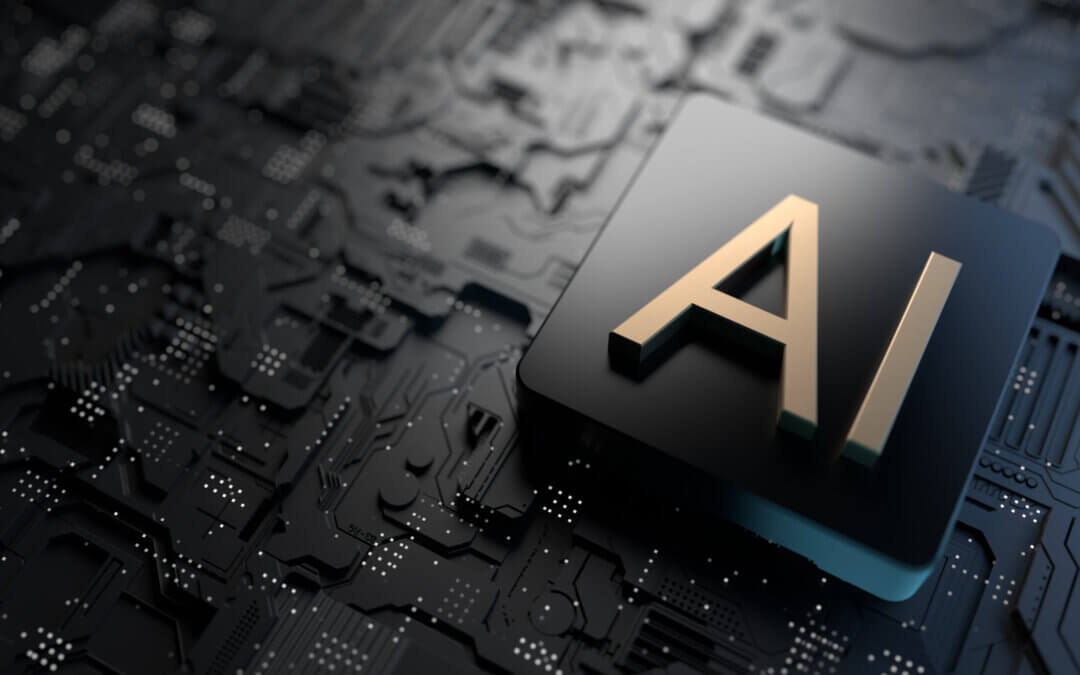AI may take some workers’ jobs, but the technology is coming up short in one big area (Courtesy of the Jacksonville Business Journal) — Language learning app Duolingo plans to replace at least some workers with artificial-intelligence tools in the months and years to come — and it’s not the only company looking to do so.
The firm said in a post on LinkedIn April 28 that it will rethink how it operates and will “gradually stop using contractors” for work it thinks AI can handle. It also said it won’t approve any new hires unless its current workers show AI can’t be used for a particular task.
That echoes what Shopify CEO Tobi Lutke said earlier in April, when he said his company will only hire new workers if the needed work cannot be done with AI first — stating that the use of AI is a “baseline expectation.”
But as more companies push to use AI tools in place of workers and with an eye on driving down labor costs, new research shows there is at least one area where humans are far better than AI services: collecting on delinquent debts. According to a working paper from the National Bureau of Economic Research, AI tools are far less able to get people to repay debts than human workers.
The data for the paper comes from an online consumer-finance company in China that contacts delinquent borrowers on the phone using both human debt collectors and AI callers that can generate human speech and appropriate replies to questions — and can inform the borrowers of the negative consequences of failing to repay.
The goal is to extract a verbal prime to repay from the borrower. AI callers ended up collecting 9% less than human callers after one month of calls, with a larger gap for borrowers with lower credit scores.
“The job of a debt collector is non-routine, requires social interaction, and is aided by emotional intelligence,” the researchers said in the working paper. “In addition, repaying one’s debts is usually seen as a moral obligation, which may cause AI to be less effective than humans at eliciting repayment, since being observed committing a moral transgression by another person is more aversive than being observed by a machine.”
Replacing the AI callers with human callers early on in the process essentially erased the underperformance of the AI, the working paper said. AI also is less cost-effective than human callers even after accounting for labor costs, except for the collection of very small debts, the paper noted.
“We find that AI is substantially less effective at ‘twisting arms.’ Exposure to AI persuasion also reduces subsequent cooperation with the AI’s company. Thus, this sort of influencing may remain an important area of comparative advantage for humans in a future where AI is ubiquitous,” the working paper said.
AI use continues to evolve
The findings come at a time when AI might not be replacing as many workers as many had feared. A study by Indeed’s HiringLab in late 2024 of 2,800 job skills found that 68.7% of skills were classified as “very unlikely” or “unlikely” to be replaced by AI, while 28.5% could potentially be replaced by AI — and there were none that were “very likely” to be replaced by AI anytime soon.
The share of U.S. job openings mentioning generative AI also remains small, at just three in every 1,000 job postings. That volume is growing though, up 170% from January 2024 to 2025 and having grown from virtually zero listings in late 2022, when OpenAI’s ChatGPT took the world by storm. It’s become one of the fastest-growing digital tools, with hundreds of millions of people using it to generate text and — most recently — images.
Other AI tools, such as Microsoft’s CoPilot, Google’s Gemini and image generators like Midjourney, also have surged in popularity.
While most of the AI-based jobs to date have been limited to roles involved with creating or maintaining AI tools or systems, management consultants within AI jobs have grown from 0.2% of all generative AI job postings in early 2024 to 12.4% of all jobs mentioning AI, according to Indeed.
“While the rise in GenAI consultants can be traced back to the hiring behavior of a select number of large employers, it represents growing business demand for AI implementation services and a possible step forward in AI adoption,” Indeed Economist Cory Stahle said in a blog post.
Small-business owners are divided on how and when — and whether — to use generative AI tools. While 24% of business owners with more than 100 employees said in a recent survey they used AI to reduce labor costs, just 18% of smaller business owners said the same thing. Thirty-four percent of small-business owners whose companies employ more than 100 employees said the fear of job displacement by employees was very challenging or somewhat challenging, compared to just 20% of business owners with fewer than 100 employees.
But some managers have changed their minds over the past year about whether AI can be used to replace workers. The second-annual manager survey from AI-powered presentation software firm Beautiful.ai found 54% of managers do not want to replace employees with AI tools, a big jump from the 39% who said the same in last year’s survey. Additionally, just 30% of managers said it would be financially beneficial if they could replace large numbers of employees with AI, down from 48% last year.
Sixty-three percent of managers said they do not believe multiple employees they manage could be replaced by AI tools and still operate well without them, up from 43% in 2024.
Experts say businesses should tread carefully when mixing AI with human resources — not just because of potential legal liability, but also because of concerns about morale.
While studies have shown some productivity benefits associated with using AI, experts warn about potential litigation and an ongoing issue with “hallucinations” that sometimes lead to a generative AI tool giving incorrect answers. Some larger companies, including Samsung Electronics Co. Ltd., have prohibited their employees from using ChatGPT at work, part of an ongoing backlash to OpenAI and other AI tools and companies.

